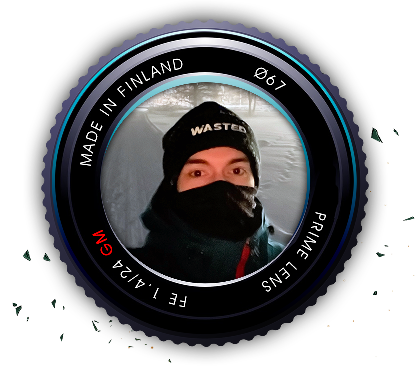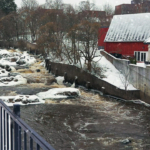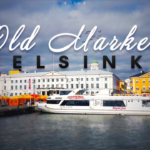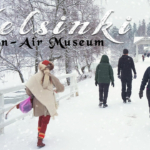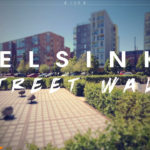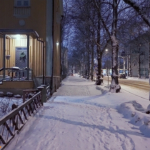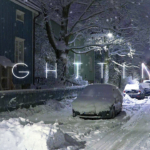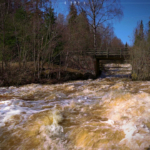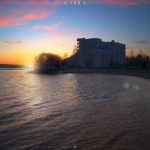Radiant Morning Walk in Old Town Helsinki, Finland
4K UHD
Good morning dear scene walker.
The sun is shining and it’s nice to have you here.
We are walking towards raging rapids and a dam waterfall in Helsinki’s Old Town (Vanhakaupunki).
Also nearby are the Museum of technology and the hydropower plant.
The river to our right is the Vantaanjoki (River Vantaa).
From here the river flows into the Gulf of Finland.
It is the same river that flows through the rapids in Myllykoski.
I’ll link a video of it in the top right corner of your screen and the description below.
MYLLYKOSKI
The Vantaa river has a total length of 101 km and starts from the lake Erkylänjärvi.
Helsinki uses water from this river as its backup water supply.
The Old Town rapids are 200 meters long and the drop is 6 meters.
Let’s go back in time to the year 1550 when a town was founded near the rapids called Helsinge fors (Swedish for ‘Helsinge rapids’).
Founded by the Swedish king Gustav Vaasa, the city gradually gew around the rapids.
Residents from the cities of Rauma, Ekenäs, Ulvila and Porvoo were forced to live in the newly founded city (Helsinki).
If they refused, trade would no longer be allowed.
It was to compete with Talinn for trade in the Gulf of Finland.
In the 1640s Helsinki was moved to ‘Vironniemi’ for better port conditions to improve the economy.
Interesting fact: before the introduction of refrigeration equipment, ice was also needed in summer for various purposes.
In the winter, large ice cubes were lifted from the Vantaa river by horsepower and stored in a warehouse covered with sawdust during the summer heat and then delivered to the shops.
Located next to the rapids, the Museum of Technology was founded in 1969, but the buildings date back to 1876.
As the population of Helsinki grew, the importance of hygiene became important in the late 1800s.
Before the water plant, the inhabitants of Helsinki obtained drinking water from wells.
And so, in 1876, the first hydroelectric power station was established to pump clean water to the center of Helsinki.
The rapids or the ‘concrete fish ladder’, completed in 1986, was demolished in 1998, but restored to its natural state in 1999.
During the summer, when water levels are lower a “snake-like” movement of the water can be seen.
This allows fish such as rainbow trout to move up and down effortlessly.
Also notice the seated fisherman.
Today, the hydroelectric power station produces electricity for households and the Museum of Technology can be visited.
The area around the rapids has become a popular spot for both fishing and nature lovers.
Thank you for joining, have a nice day and hope to see you again in the next scene .
Together we learn, explore and walk through the scenes.
Scott Buckley
Helios
https://scottbuckley.com.au
Attribution 4.0 International (CC BY 4.0)
